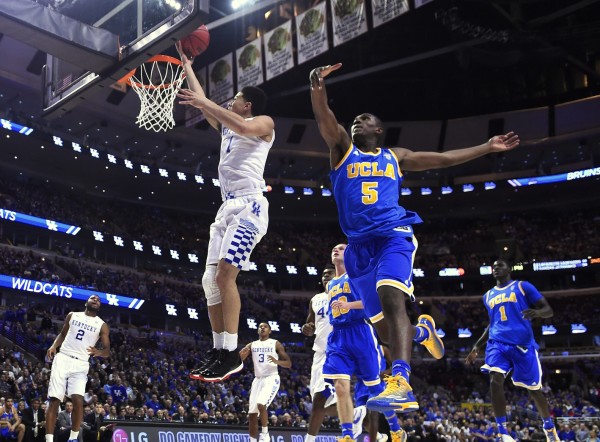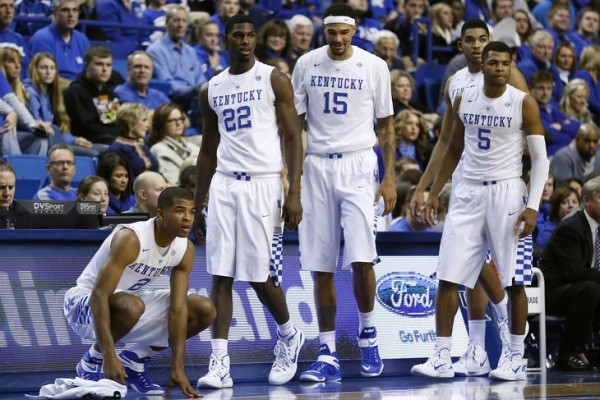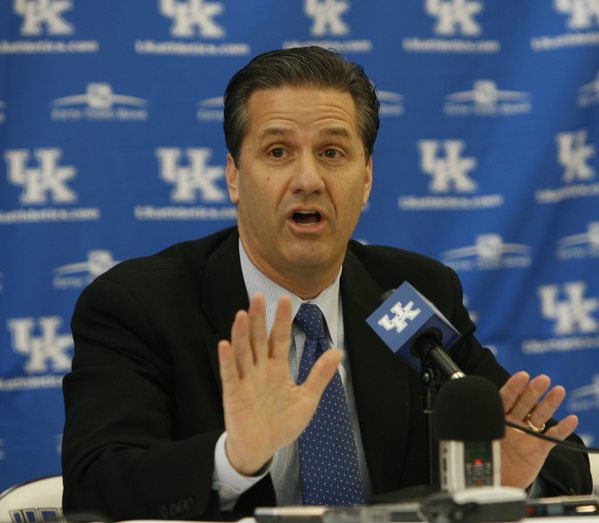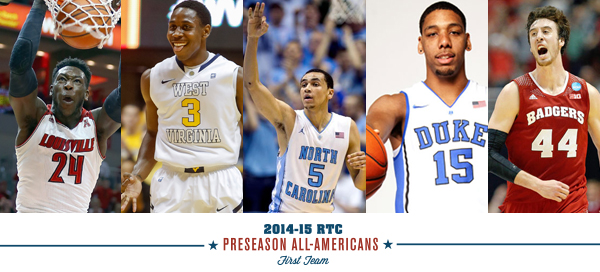Posted by David Changas & Lathan Wells on December 13th, 2014
Two college basketball titans renew their rivalry in Lexington Saturday when North Carolina visits Kentucky. RTC’s Lathan Wells and David Changas offer their analysis of the match-up, and give their takes on what it will take for each team to prevail.
David Changas: North Carolina has been particularly ineffective in keeping its opponents off the offensive glass – the Tar Heels currently allow their opponents to grab more than a third of their misses – and Kentucky leads the nation in offensive rebounding (46.1%). How can North Carolina combat the Wildcats’ prowess on the offensive boards?
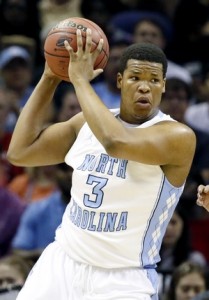
Kennedy Meeks will have to be almost perfect for the Tar Heels to have a chance (draftexpress.com)
Lathan Wells: Honestly, I think this an effort issue. The Tar Heels, like the Wildcats, have plenty of size in the post. The two teams who made them look porous on the defensive boards were Butler and Iowa, both of which are much smaller than the Tar Heels, but which played much more aggressively. Brice Johnson has to stay out of the foul trouble that has plagued him recently, because Kennedy Meeks is undersized at the center spot. As you noted, the Wildcats’ offensive rebounding numbers are astonishing. But part of that has to do with the fact that they are only an average shooting team (currently 81st in the country in field goal percentage). If the Tar Heels are better on the glass than in those losses to Butler and Iowa, who has to step up their shooting to make sure the Wildcats’ shots count?
DC: There is no question that this has to be an area of serious concern for John Calipari. The Wildcats are shooting 27% from three-point range, and last year’s NCAA Tournament hero, Aaron Harrison, is a dreadful 10-for-44 beyond the arc. Of course, Kentucky’s size and incredible ability to attack the offensive glass has covered up this weakness. While the obvious answer to your question is better production from Harrison, having Tyler Ulis and Devin Booker, both of whom missed the Columbia game Wednesday, should help, as the two freshmen have been the Wildcats’ best shooters from beyond the arc. Like Kentucky, North Carolina has struggled from deep, and is shooting just 28% from three-point range. Kentucky is nearly impossible to score against on the interior, too. How can the Tar Heels score enough points to compete in Lexington, much less win the game?
Read the rest of this entry »
| acc, microsites, sec
| Tagged: aaron harrison, Alex Poythress, brice johnson, devin booker, feature, J.P. Tokoto, Kennedy Meeks, kentucky, marcus paige, north carolina, Tyler Ulis, Willie Cauley-Stein
Share this story






























